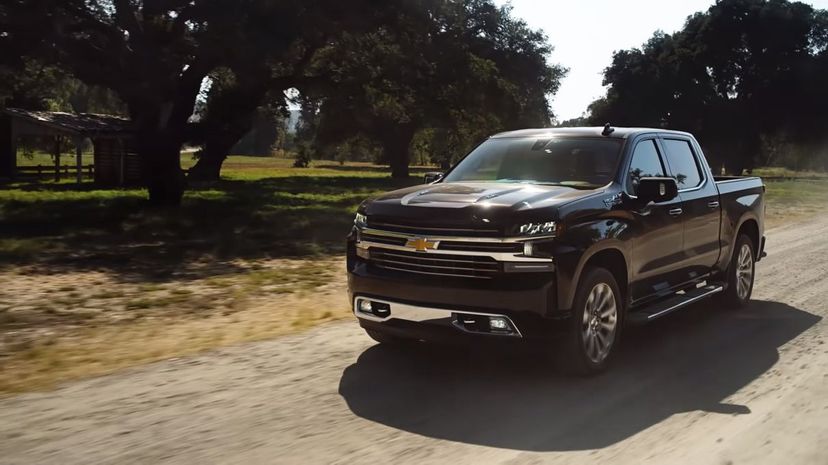
About This Quiz
For almost as long as there's been an American automobile industry, Chevrolet has been a part of it - and a part of the day-to-day life of American families and families around the globe, many of whom label themselves "Chevy" families. Founded in 1911 and acquired by General Motors in 1918, Chevrolet - along with its chief rival, Ford, and its other "Big Three" competition, Chrysler - has been one of the bedrocks of the U.S. car market. But how much do you really know about this vital piece of Americana? This test will separate the true Chevy fans from "bowtie wannabes."
Ranging from the muscle of the classic Chevelle to the sleek lines of the Corvette to the towing and hauling power of the Silverado, Chevys are designed to fit into the lives of American families and drivers from around the world. The brand has also been a major player in motorsports, with Chevrolet winning more NASCAR cups than any other automaker, making the most of the old dealership adage "What wins on Sunday sells on Monday."
So, even if you're not from a "Chevy family," you've been around the brand all your life. But how much attention have you been paying to this bit of fabric that makes up the American tapestry? This is your chance to prove you're in the driver's seat when it comes to showing Chevy some love (or is it LUV?).
Let's take a trip through Chevy's history, review some of their greatest hits - and a couple of their greatest misses. You'll answer some questions about their past and present vehicles, as well as what they've got coming up that is about to make new history. Strap in and let's go!
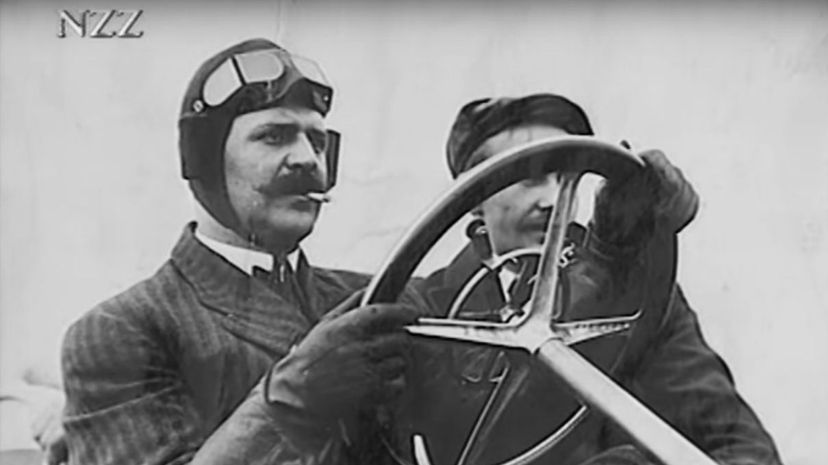
Louis Chevrolet, born in Switzerland in 1878, worked as a mechanic early in his career before moving to Paris, then Montreal and then New York City. He earned fame racing for FIAT and then Buick, where he met Buick owner and General Motors founder William C. Durant. With Durant and other partners, Chevrolet cofounded the company that bears his name in 1911.
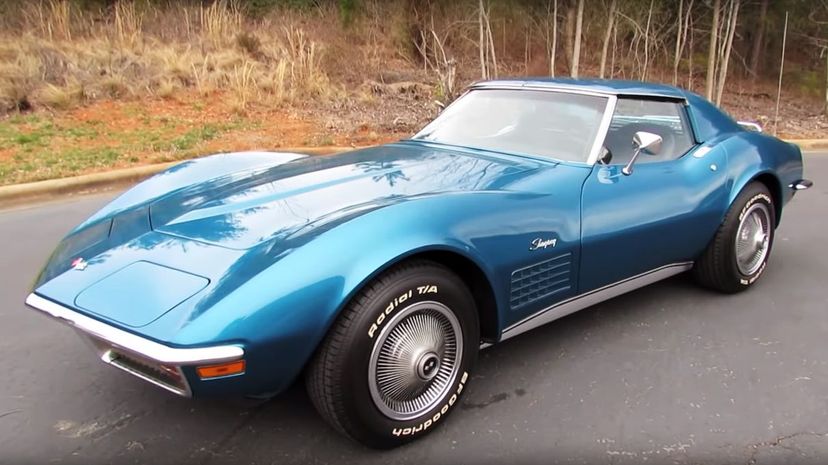
The design for the second-generation Corvette, unveiled for the 1963 model year, was largely influenced by a concept racing car developed at GM in 1959 named the "Sting Ray." When the redesigned third generation was released, this name was shortened to "Stingray," which the vehicle kept until 1976, and then took up again in 2014.
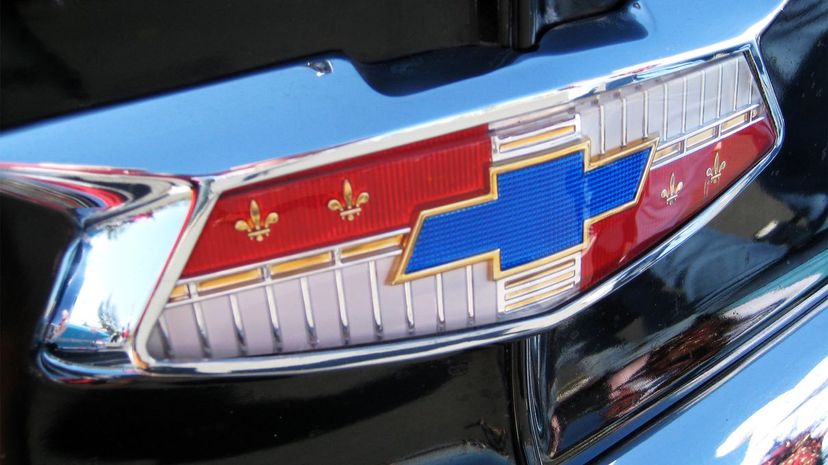
The famous bowtie logo associated with Chevy was introduced in 1913 by cofounder William C. Durant, only two years after the company formed. There are a few stories about how Durant came up with the iconic design, but one thing isn't in doubt: It's one of the oldest continually used logos in U.S. history.
Advertisement
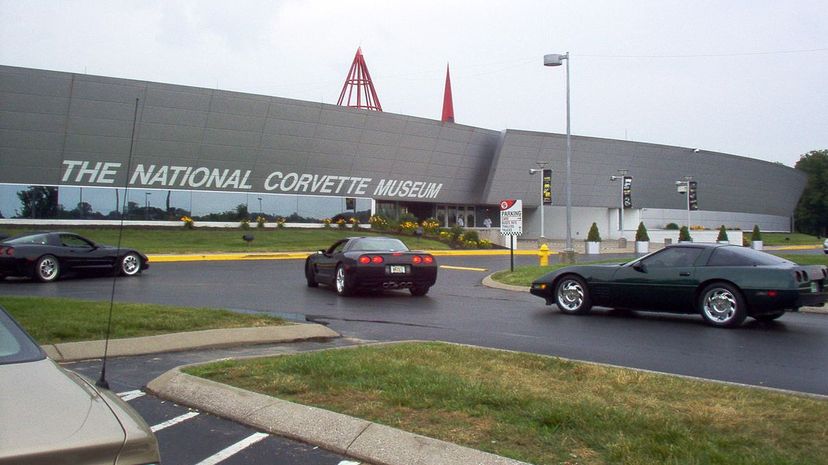
In the early morning hours of Feb. 12, 2014, a sinkhole opened up under the floor of the National Corvette Museum in Bowling Green, Kentucky, where the cars are also manufactured. Eight classic 'Vettes fell into the hole, severely damaging several. Some of the cars were repaired, while others were left to display the damage they sustained.

The first car to bear the "Chevrolet" nameplate was the Series C Classic Six, a full-size six-cylinder, four-door automobile designed for touring. The total number made during its run between 1913 and 1914 is unclear - one was actually made in 1911 - but most experts agree that there were around 6,000 produced.
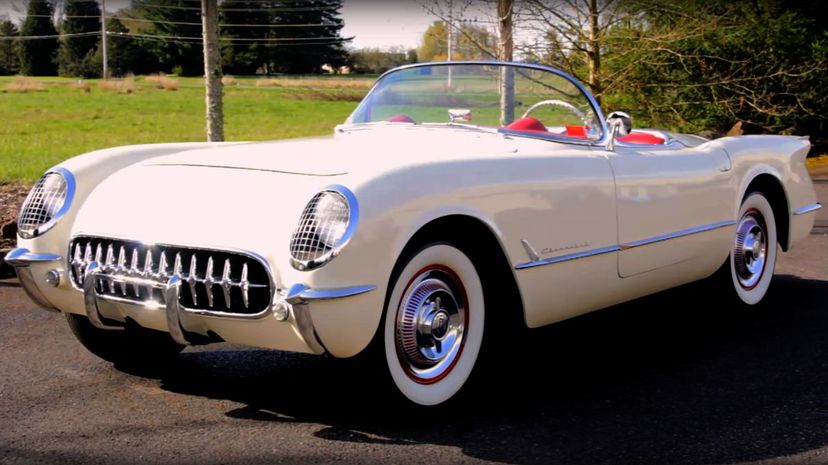
For a vehicle that has made such a huge impact on the automotive landscape, the Corvette didn't set the world on fire in the beginning. For the 1954 model year, just over 3,600 vehicles were built, and about one third were unsold by the year's end. With added features, more powerful engines and new designs, however, the 'Vette soon gained a large, loyal following.
Advertisement

Now in its 11th generation, the Suburban began its run in 1935 - although in 1933 a Suburban model was made available to National Guard units. The first generation, called the Carryall Suburban, was a station wagon body on a small truck chassis. Still able to carry a large load, the modern Suburban is cousins with the GMC Yukon XL and the Cadillac Escalade ESV.

The Powerglide was a two-speed automatic transmission developed by General Motors and introduced in 1950 on higher-end Chevrolet models - the first time an automatic transmission was available on non-luxury vehicles. The transmission model was available until 1973.

Chevy's C/K line of pickup trucks premiered in 1959 and lasted until 2002, when it was succeeded by the Sierra and the Silverado models. "C" marked two-wheel-drive models, and "K" denoted four-wheel-drive. The line offered many different options over the decades.
Advertisement

Kicking off the iconic vehicle's eighth generation, the 2020 Corvette offers something no other 'Vette ever has: an engine located behind the passengers. It also does not feature a manual transmission option, for the first time in Corvette history.
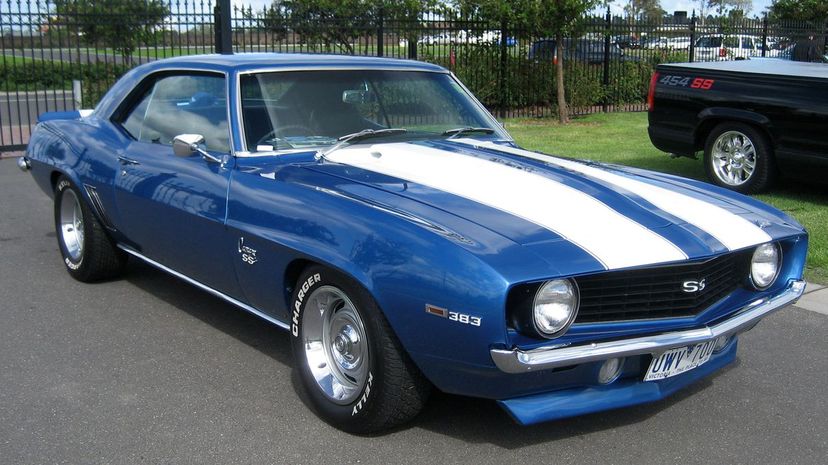
Chevy tried something a little different with their 1969 lineup - not just the Camaro - offering "V75 Liquid Tire Chains." This feature put a button in the cabin that, when pressed, would release a spray onto both rear tires to improve traction. It didn't catch on, and the option was discontinued.
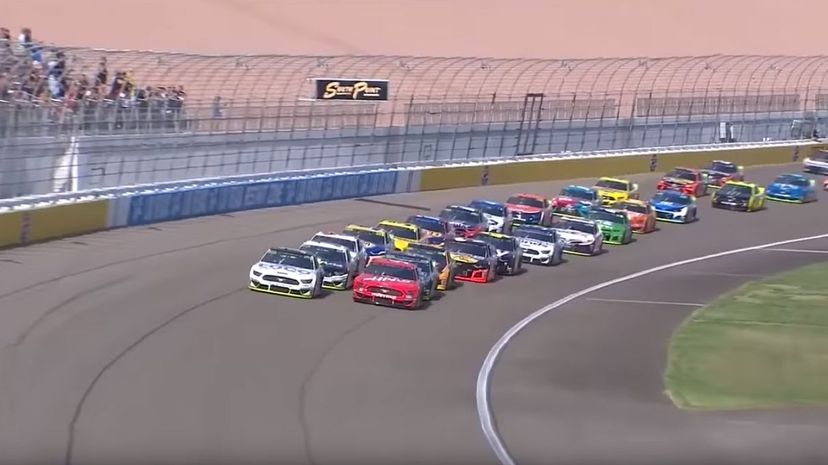
Jimmie Johnson was the first, and to date only, driver to win five consecutive championships, from 2006 through 2010. He also won in 2013 and 2016, and all his victories came in a Chevy. Other all-time great NASCAR Chevy drivers include Jeff Gordon, Dale Earnhardt, Richard Petty and Tony Stewart.
Advertisement

Although the Ford Mustang was selected as the Indianapolis 500 pace car just a month after its release in 1964, Chevrolet has had the position locked up throughout modern history - and now literally as of 2002, when the company purchased the exclusive pace car rights. The Corvette and Camero often alternate years for pace car duties.
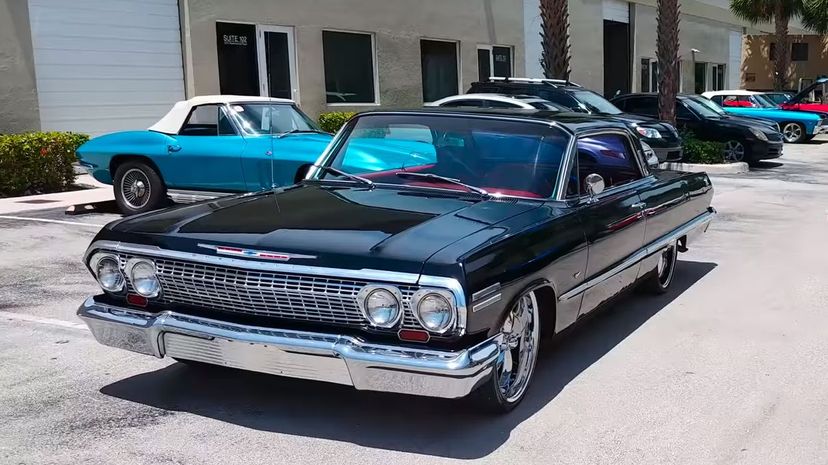
The Impala, now in its 10th generation, has been Chevy's flagship car for quite some time, selling an estimated 13 million vehicles from 1958 through 2000. Although Chevy has decided to discontinue the line in 2020, citing declining sales, the Impala has played a significant part in Chevrolet's history.
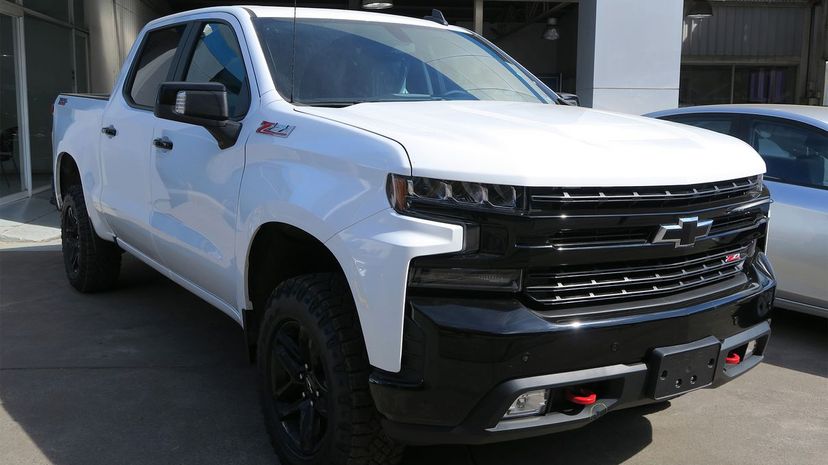
The Silverado pickup truck is identical mechanically to the GMC Sierra. Introduced in 1998 and one of Chevy's most popular vehicles, the Silverado is currently in its fourth generation. The heavy-duty version of the vehicle is known as the Silverado HD, while the light-duty truck is simply the Silverado.
Advertisement
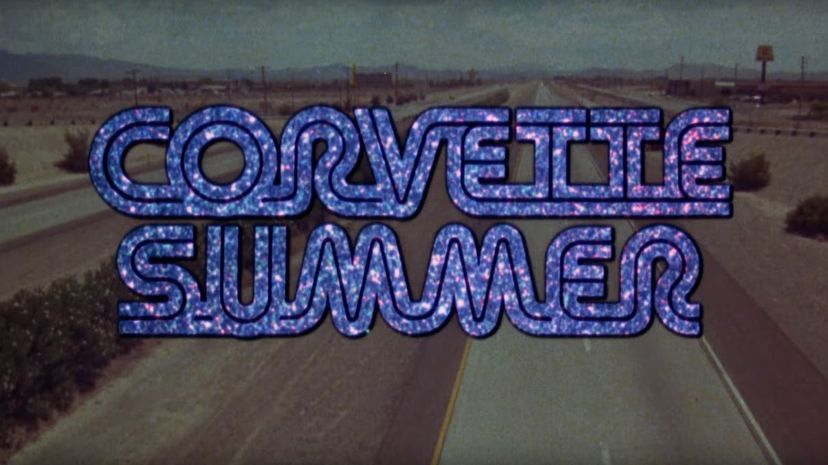
In this 1978 film, Hamill plays Ken Dantley, a boy who goes on a quest to find his high school shop class project - a souped-up Corvette. He winds up venturing to a city of intrigue, adventure and danger: Las Vegas.
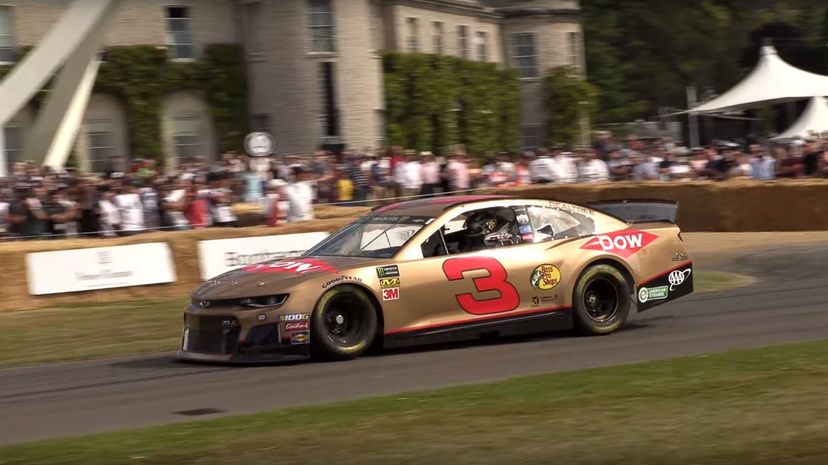
Starting in the 2018 racing season, the template used by Chevrolet drivers in the NASCAR top-tier circuit - the Monster Energy Cup Series - was changed from the Chevy SS to the Camaro ZL1. The Monte Carlo and the Lumina have also been used in recent years.
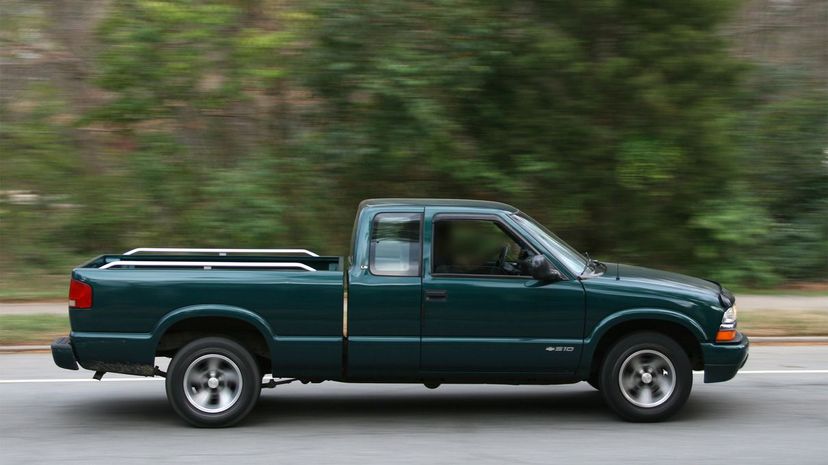
The Chevrolet S-10, introduced in the 1982 model year, was the first compact pickup built by the "Big Three." Known as a quarter-ton pickup, the model was available through 2004 in the U.S. The truck was marketed with other names, depending on the manufacturer, including the GMC Sonoma and the Isuzu Hombre.
Advertisement
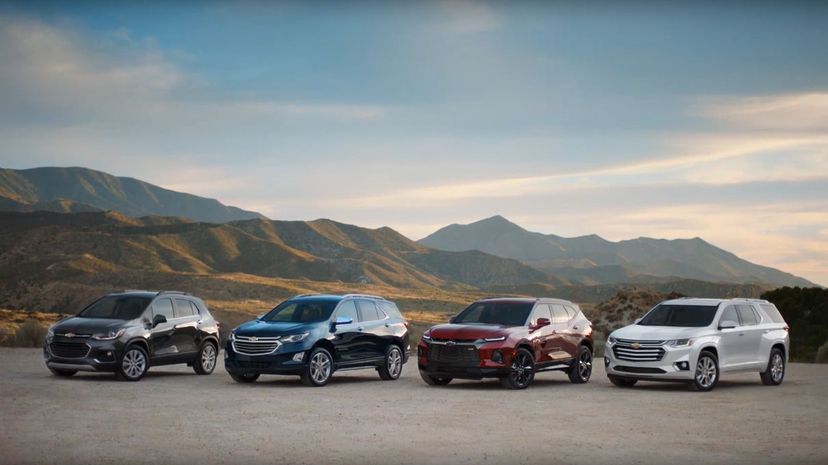
When a company has been in business for more than a century, it's going to go through some different looks in its marketing - some more successful than others. Chevrolet's marketing campaigns have never been shy about the company's place in American history or how rugged their vehicles are.
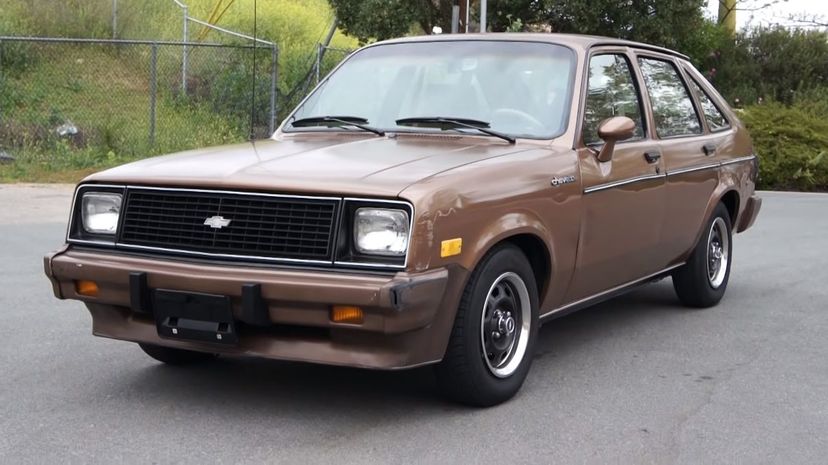
The Chevette wasn't much to look at, and it didn't have much in the way of horsepower. What it did have going for it when it was introduced in the oil-starved 1970s and what made it a top-seller was great milage. The Chevette got 40 mpg on the highway and 28 in the city.
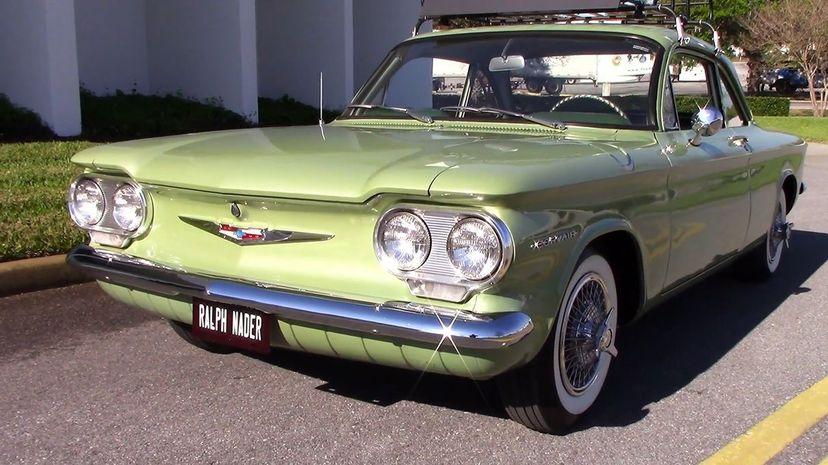
The Corvair was equipped with "swing-axle independent rear suspension," which made the vehicle too easy to oversteer. This was addressed in later generations, but the PR damage was done. The Corvair featured prominently in consumer advocate Ralph Nader's book "Unsafe at Any Speed," where he called the vehicle the most dangerous on the road in the 1960s.
Advertisement

The long, elegant Batmobile from the Batman films directed by Tim Burton is a Chevy at heart. The vehicle was built on the chassis of a sixth-generation Impala, it was equipped with a Chevy V8 engine, and the body was a modified 1970 Corvette. Batman knows the value of American engineering!
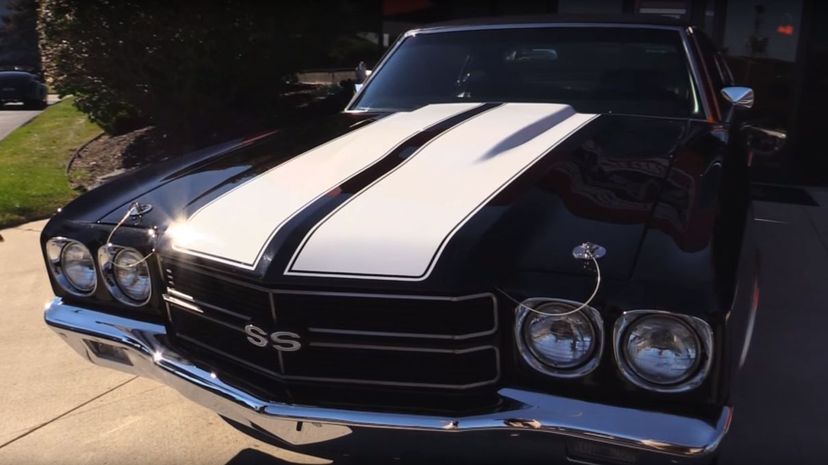
Although it was only in production from 1963 through 1977, the Chevelle was one of the most successful names in the Chevy stable. Best known as a muscle car - some models were available with a 7.4-liter big-block V8 - the first two generations of Chevelles were available as a coupe, convertible, sedan and station wagon.
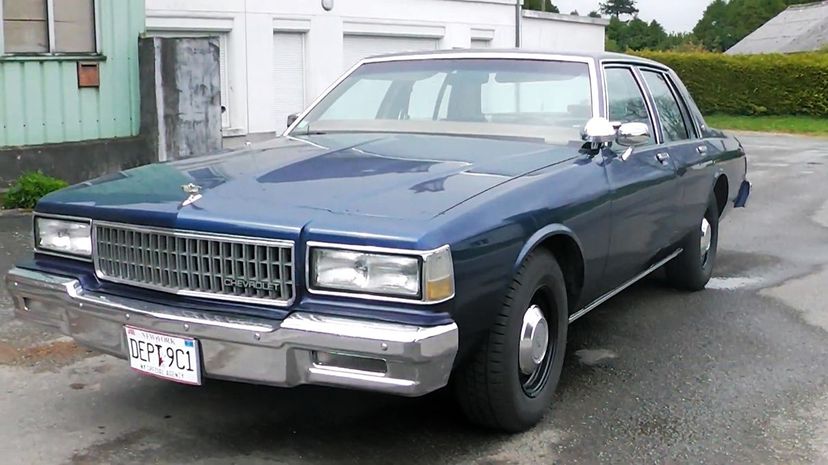
Chevrolet has produced many models over the years designed to be used by police and other law enforcement agencies, and these vehicles are designated by their "9C1" code. They are designed with increased performance features and made to be more durable. Novas, Malibus and Impalas have all been available with this code.
Advertisement
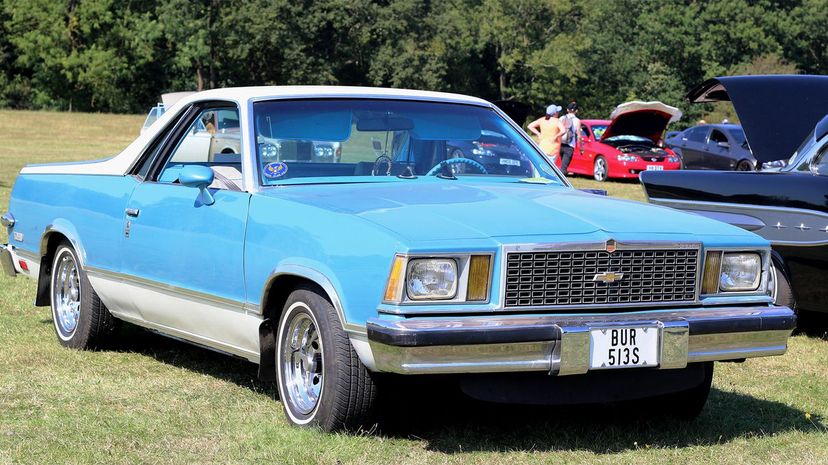
With the bed of a truck and the heart of a muscle car, the Chevy El Camino is a unique ride and is often seen at hot rod conventions. It began, however, as Chevrolet's answer to another coupe utility vehicle, the Ford Ranchero. The El Camino not only had a longer production run but also arguably captured more of the public's attention.

In the period between 1999 and 2001, Chevy was trying to boost the Corvette's reputation as a racer. One method they tried was making the vehicle available in a kit, which included the rolling chassis, body panels and other parts. Only 42 kits were sold, however, and the project was scrapped.

The Camero was developed under the code name "Panther," but that title didn't fit with the starting "C" naming convention of the time. More than 2,000 words beginning with "C" were offered, with "Camaro" getting the nod. Chevy would eventually claim that it's a French word for "friend," and then later "a small, vicious animal that eats Mustangs."
Advertisement
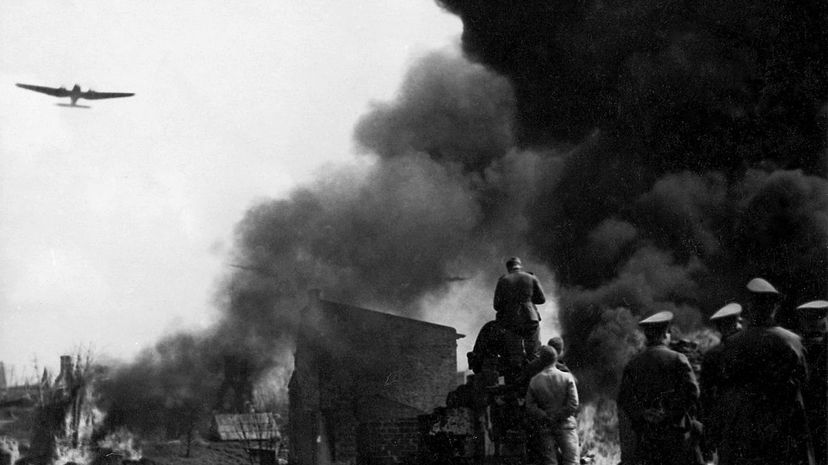
In addition to building vehicles such as trucks and cars for military use during World War II, including ambulances and armored vehicles, Chevy and GM also turned their manufacturing skills and facilities into production lines for items not usually associated with the company. They produced aircraft engines and parts, tank and gun mounts, and ammunition shells for the war effort.
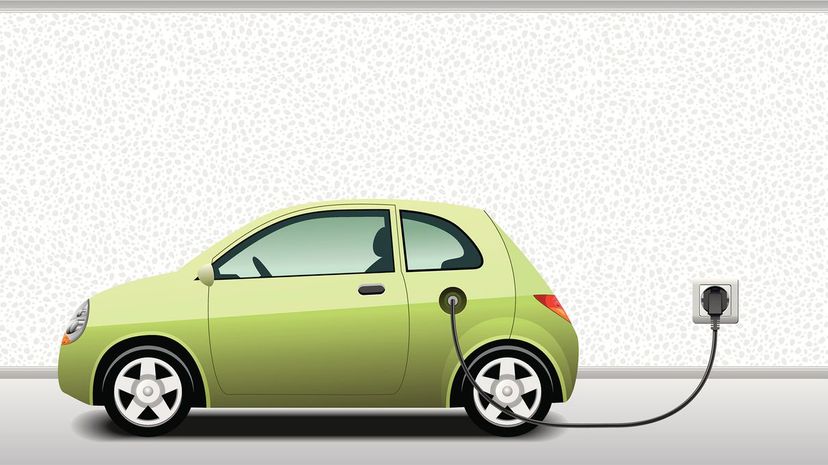
The Bolt EV is Chevrolet's offering in the electric car space, with the 2019 model boasting a 238-mile range on a single charge. The Volt is a hybrid gas/electric vehicle, offering a range of 420 miles on a full charge and a full tank, with an estimated 53 miles of electric range.
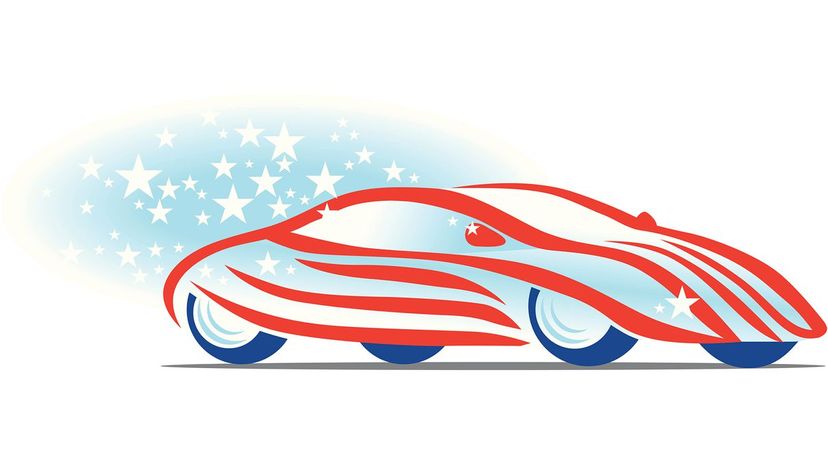
As part of General Motors do Brasil, Chevrolet does huge business in the South American country. The company currently has 11 different models available in the Brazilian market, including the Camaro, Equinox, Cruze, Cobalt, S-10 and TrailBlazer.
Advertisement

The line "You scream and you holler about my Chevy Impala†is featured in the 1992 hip-hop song, but it's far from the only time Chevys pop up in pop music. They also feature in, among others, "Night Moves" by Bob Seger, "American Pie" by Don McLean and, of course, "Little Red Corvette" by Prince.
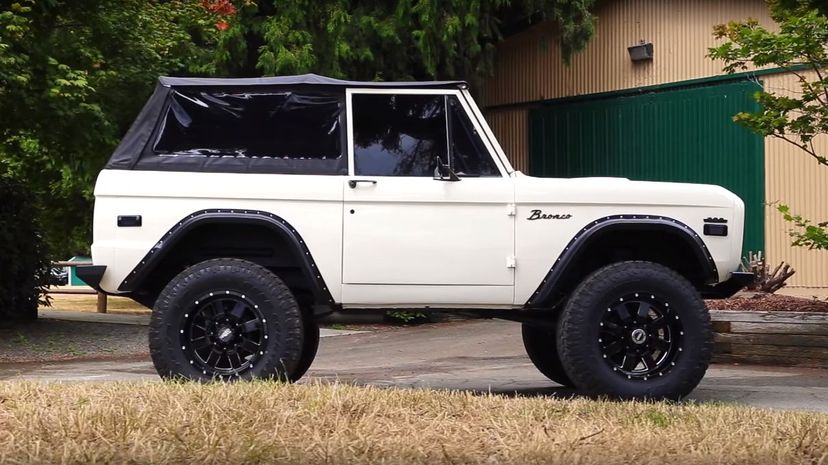
The K5 Blazer, introduced in 1969, was developed to take on the International Harvester Scout, the Ford Bronco and the Jeep CJ series. Built on a pickup truck frame that both offered more passenger space and saved money in manufacturing, the Blazer soon began to outsell its rivals. Retired in 1991, the Blazer was replaced by the Chevrolet Tahoe.
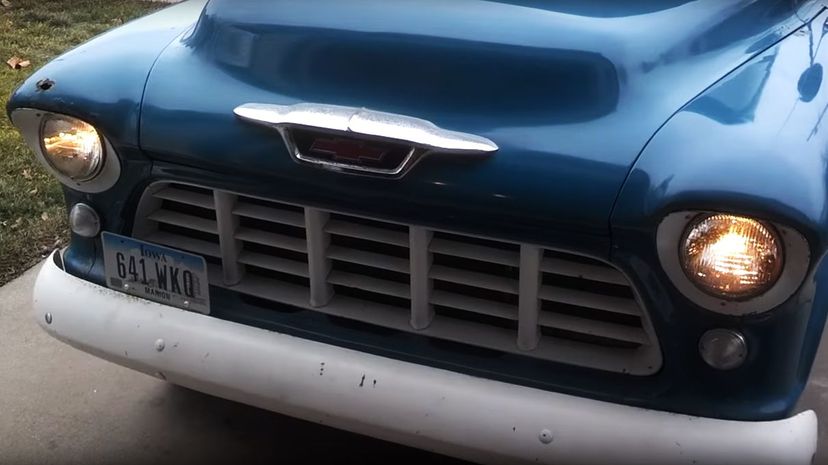
The Task Force was a pickup that went into production in 1955 and replaced the Advance Design truck. Its classic design and inspired lines have made it a favorite among collectors and hot rod enthusiasts. The Task Force would later be replaced by Chevy's venerable C/K pickup series.
Advertisement
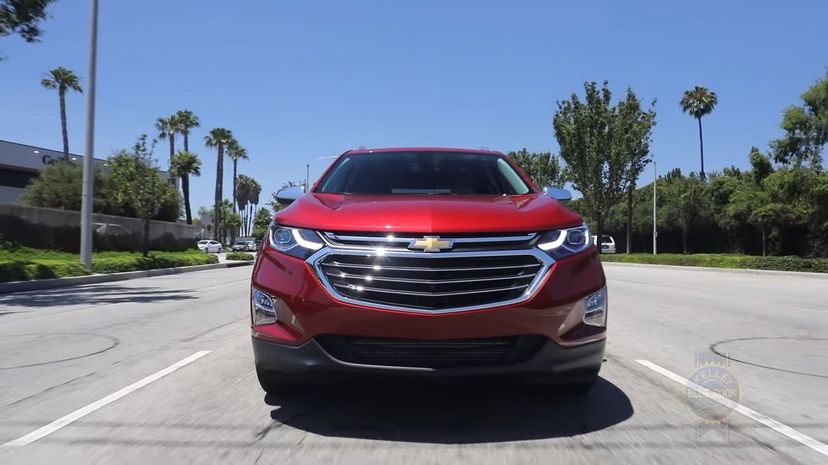
The Equinox was late to the crossover party - the Honda CR-V and the Toyota RAV4 both hit the market in the mid-'90s - but soon made up for lost time after debuting in 2004. A special 2008 themed edition was sold in Canada, celebrating the 2010 Olympic Games in Vancouver. The vehicle is currently in its third generation.
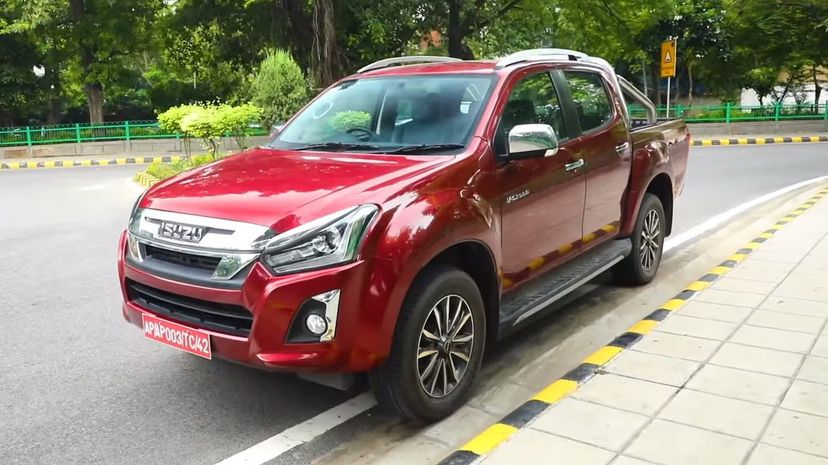
The first-generation LUV - an acronym for "light utility vehicle" - was a rebranded variant of the Isuzu Faster. The vehicle was the first result of General Motors buying 34% of the Japanese automaker in 1971. The second and third generations were also based on the Faster, with the fourth generation being a rebadged version of the Isuzu D-Max pickup.